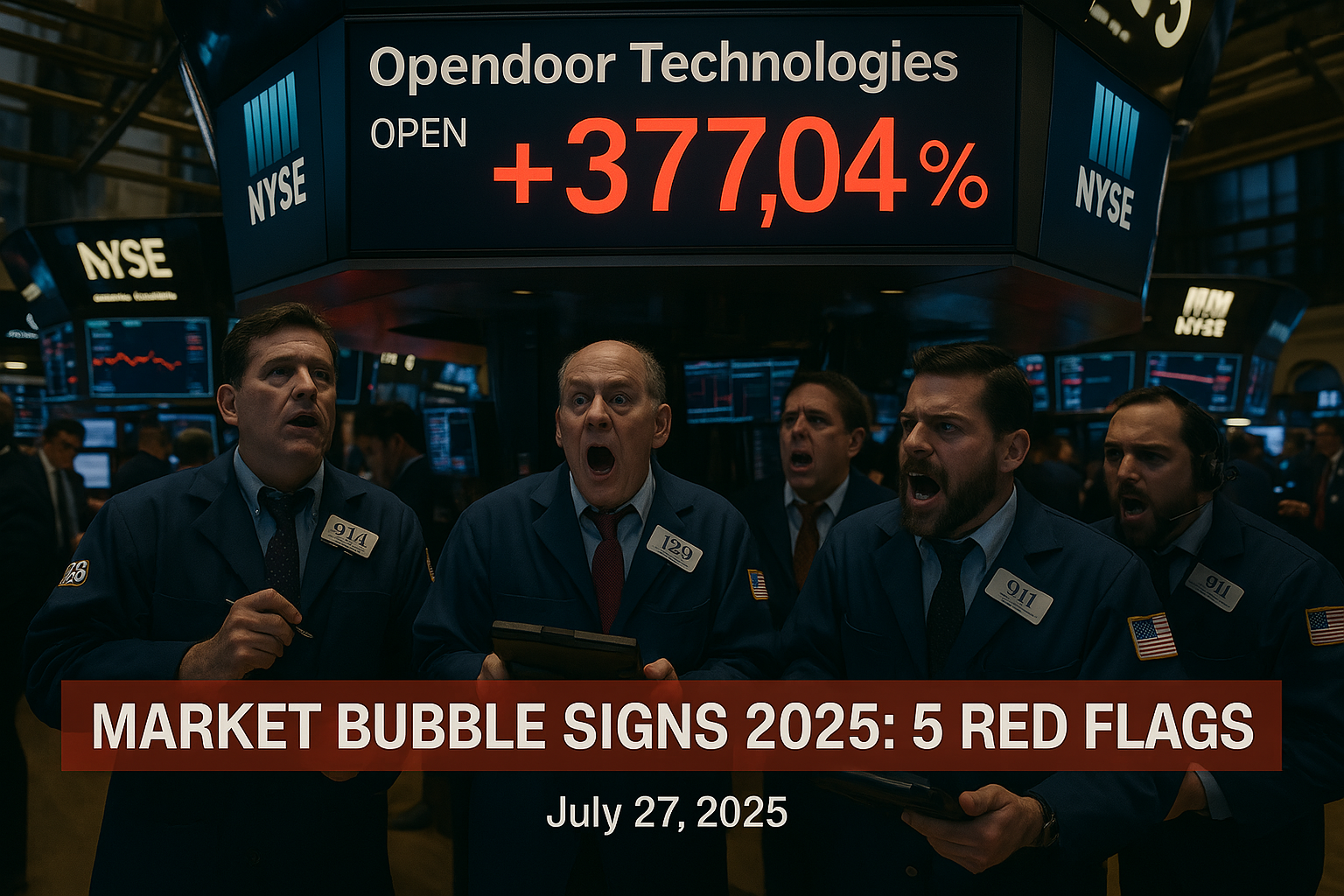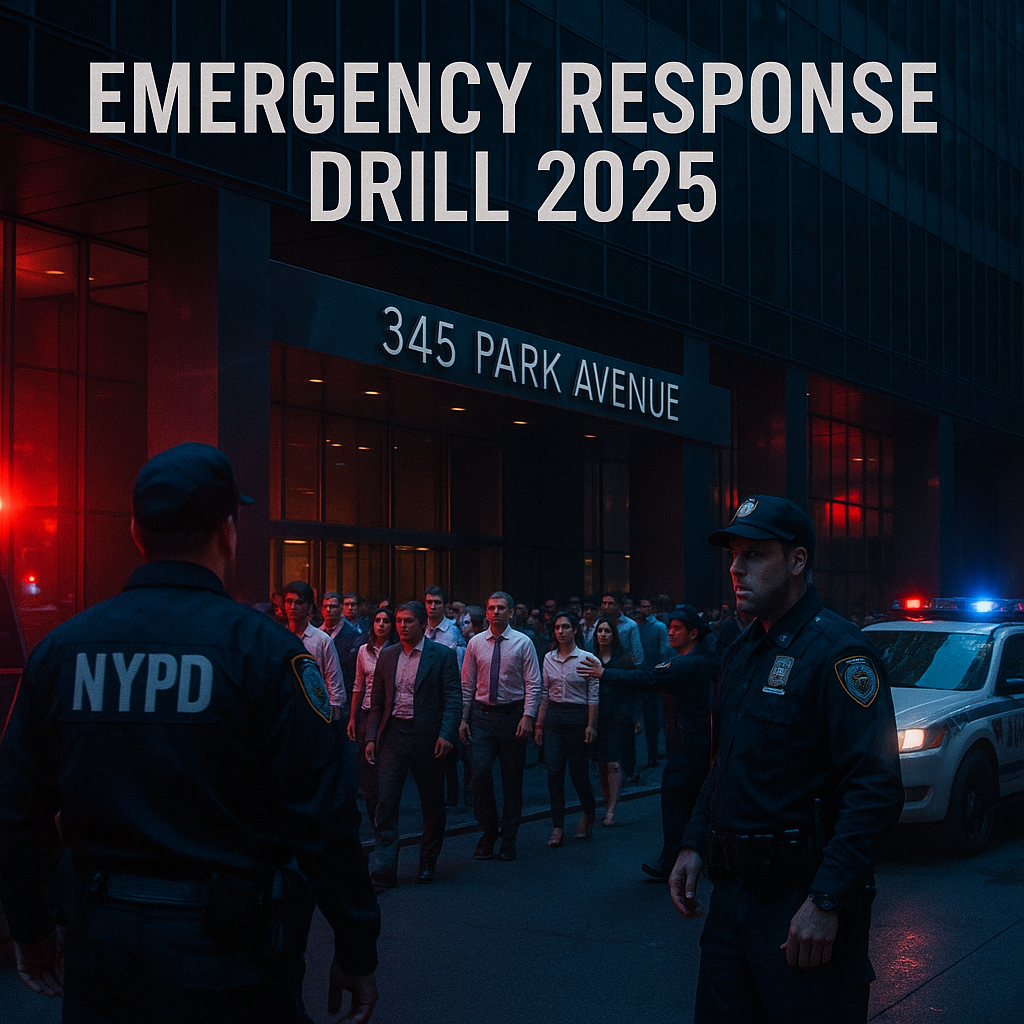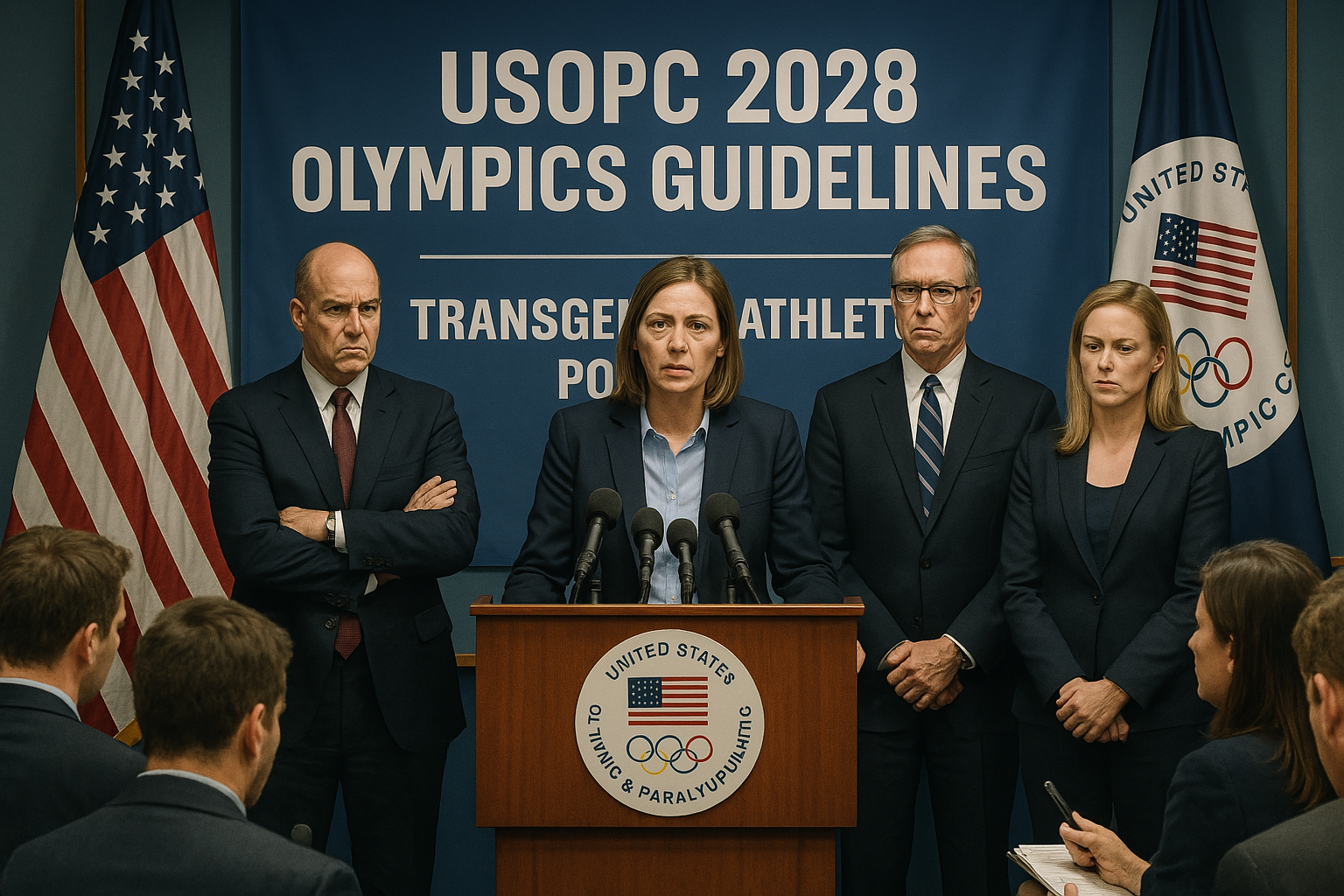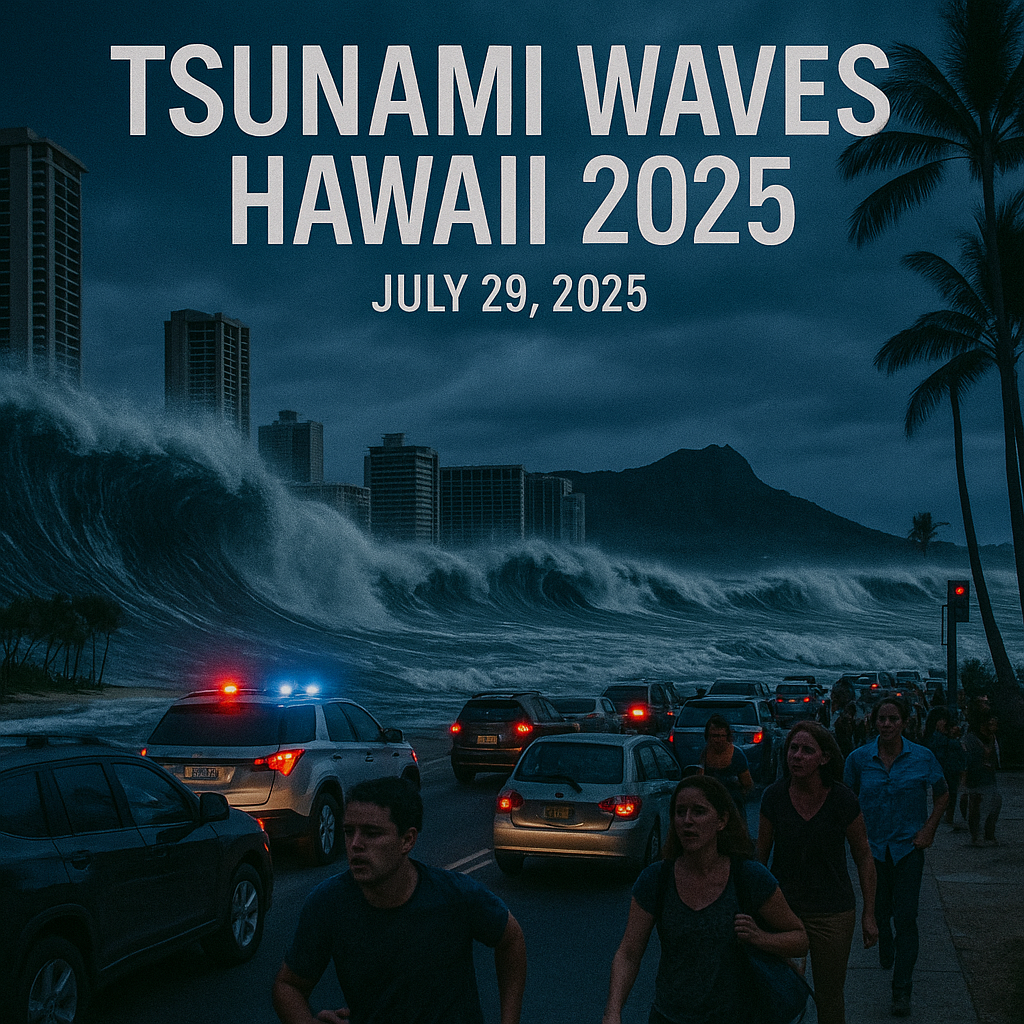Trump Ukraine Russia Sanctions 2025: New Deadline Pressures Moscow
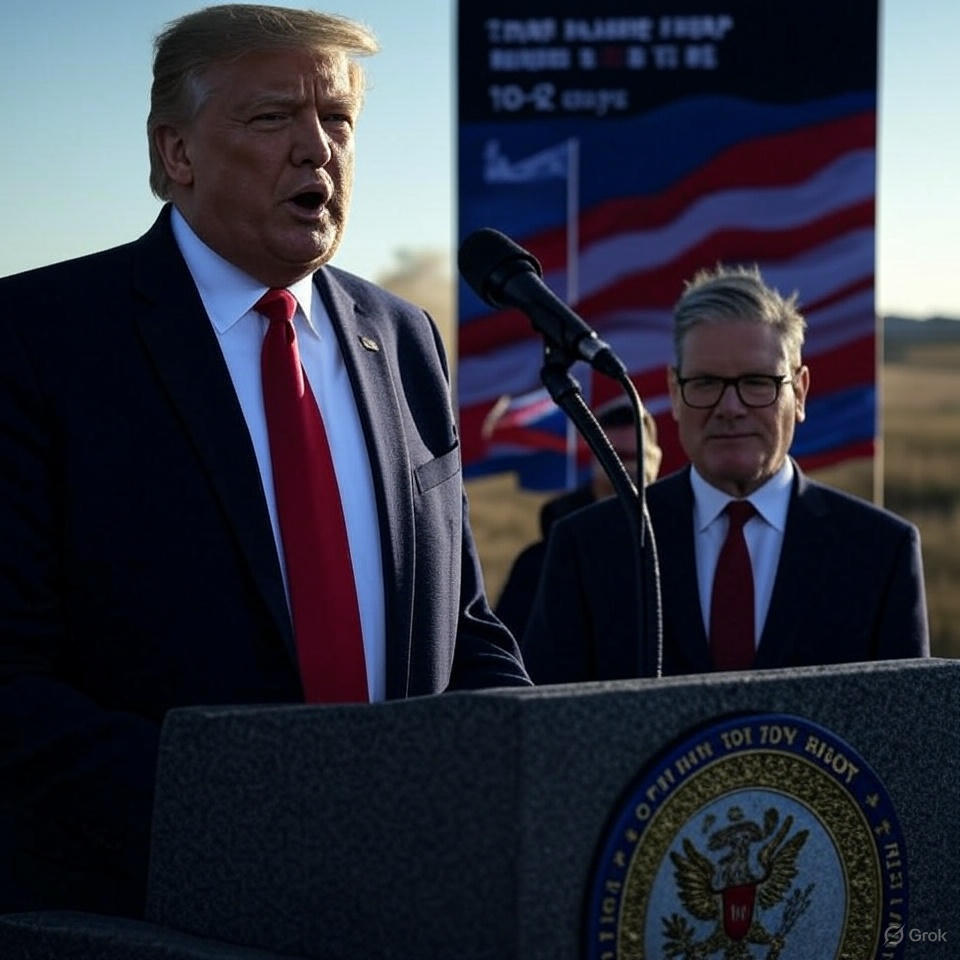
As Russia’s war in Ukraine grinds into its fourth year, U.S. President Donald Trump has escalated pressure on Moscow, slashing a 50-day deadline to just 10–12 days for Russia to halt its offensive or face crippling sanctions. Speaking alongside British Prime Minister Keir Starmer in Scotland, Trump expressed frustration with Russian President Vladimir Putin, signaling a shift from earlier leniency toward the Kremlin. The Trump Ukraine Russia sanctions 2025 threat, detailed by the New York Times, includes “very severe tariffs” and secondary sanctions targeting nations like China and India that trade with Russia. With Ukraine enduring relentless Russian attacks and U.S.-NATO weapons deals in motion, this bold move raises stakes for global diplomacy and economies. What drives Trump’s accelerated timeline, and can it force peace? This article examines the strategy, risks, and broader implications.
Details of Trump’s New Deadline
During a meeting at his Turnberry golf resort in Scotland, Trump announced a shortened timeline for Russia to end its war in Ukraine, moving from a 50-day deadline set on July 14, 2025, to 10–12 days, roughly August 7–9, 2025. “There’s no reason in waiting,” Trump told reporters, citing disappointment with Putin’s lack of progress toward peace, per the New York Times. If Russia fails to comply, Trump warned of “sanctions and maybe tariffs, secondary tariffs,” including 100% tariffs on Russian goods and penalties on countries buying Russian oil and gas, per Reuters.
This follows Trump’s earlier pledge on July 14, alongside NATO Secretary General Mark Rutte, to impose 100% secondary tariffs if no peace deal is reached, coupled with a plan to sell U.S. weapons, like Patriot missile systems, to NATO allies for Ukraine’s defense, with Europe footing the bill, per CNN. The accelerated deadline comes amid Russian escalations, including a July 28 drone strike in Kyiv that damaged residential buildings, per Reuters. Trump’s shift contrasts with his initial reluctance to penalize Russia, having excluded it from April 2025 tariffs on other nations, per the New York Times.
Strategic Context and Rationale
Trump’s ultimatum reflects growing irritation with Putin, whom he accused of duplicity after “pleasant” calls followed by missile strikes on Ukrainian cities, per The Washington Post. The strategy aims to:
- Pressure Russia Economically: Russia earns over $300 billion annually from fossil fuel exports, with oil and gas accounting for 33% of state revenue and 60% of exports, per BBC. Secondary sanctions targeting buyers like China (15% of oil imports) and India (40% of oil imports) could disrupt Russia’s war funding, though enforcement is tricky due to Russia’s “shadow fleet” of tankers evading sanctions, per The Guardian.
- Bolster Ukraine’s Defense: The NATO weapons deal, including Patriot systems costing $1 billion each, aims to strengthen Ukraine against Russia’s nightly drone and missile barrages (up to 25,000 in 50 days, per BBC), while aligning with Trump’s “America First” policy by having Europe pay, per The Washington Post.
- Shift Diplomatic Leverage: Trump’s tougher stance follows failed peace overtures, with Russian Foreign Minister Sergei Lavrov rejecting a proposed Zelensky-Putin summit by August’s end, per The Guardian. Ukrainian President Volodymyr Zelensky welcomed the weapons deal and tougher sanctions, calling them “key” to forcing peace, per Reuters.
Trump’s earlier campaign promise to end the war “in 24 hours” has evolved into a series of deadlines, with a two-week ultimatum in April 2025 unmet, per CNN. His frustration peaked after Russia’s summer offensive gained ground in Donetsk and Kursk, holding 20% of Ukraine’s territory, including Crimea, per Reuters.
Global and Economic Implications
- Economic Risks: Secondary sanctions could spike global oil prices, impacting U.S. consumers and allies like India and Japan, per The New York Times. Russia’s $2.4 trillion economy may absorb direct tariff losses (U.S.-Russia trade is under $4 billion annually), but targeting its oil buyers could strain relations with China, whose $250 billion trade with Russia is vital, per The New York Times.
- Diplomatic Tensions: Russia’s Dmitry Medvedev called Trump’s threat a “theatrical ultimatum,” while Deputy Foreign Minister Sergey Ryabkov deemed ultimatums “unacceptable,” per CBS. The Russian stock market dipped 1.5% ($1.4 billion) after Trump’s announcement, signaling market jitters, per The Washington Post.
- Allied Reactions: NATO’s Mark Rutte and German Chancellor Friedrich Merz praised the weapons deal, but Denmark’s foreign minister called potential U.S. tariffs on European allies “unacceptable,” per NBC. Ukraine’s Zelensky expressed gratitude for Trump’s support, noting a “very good conversation” on July 28, per CNN.
- Congressional Dynamics: A bipartisan Senate bill, backed by 83 senators, proposes up to 500% sanctions on Russia’s trade partners, but Republican leaders paused it to align with Trump’s unilateral approach, per The New York Times. Senators Lindsey Graham and Richard Blumenthal called Trump’s threat a “sledgehammer” for peace, per CBS.
Challenges and Skepticism
- Enforcement Doubts: Russia’s sanction-evasion tactics, like its shadow fleet, may blunt secondary tariffs, per BBC. Analysts like Edward Fishman question their efficacy, citing Trump’s retreat from prior China tariff threats, per The New York Times.
- Trump’s Track Record: Trump’s history of unmet deadlines—two weeks in April, 50 days in July—fuels skepticism, with CNN noting his reluctance to follow through on “red lines,” unlike his criticism of Obama’s Syria policy.
- Putin’s Resolve: Jennifer Kavanagh of Defense Priorities argues Putin sees a battlefield advantage and may weather sanctions, as Russia’s economy has adapted since 2022, per The New York Times.
- Ukraine’s Position: Kyiv’s push for security guarantees and rejection of ceding territory (e.g., Kursk incursion) complicates peace talks, per Reuters. Trump’s pause on U.S. aid in March 2025 strained relations with Zelensky, per PBS.
Broader Implications
- Global Security: The war’s escalation, with 136 drones and four S-300/S-400 missiles hitting Ukraine on July 28, per The Guardian, underscores the urgency of air defenses like Patriots. Ukraine’s energy infrastructure faces “massive” damage, per PBS.
- U.S. Policy Shift: Trump’s pivot from criticizing Zelensky to arming Ukraine via NATO marks a departure from his early pro-Russia stance, though he insists “this is not Trump’s war,” per The Washington Post.
- Economic Ripple Effects: Sanctions could disrupt global energy markets, with India and China as key Russian oil buyers, per The New York Times. U.S. inflation risks loom if oil prices rise, per The Washington Post.
- Diplomatic Opportunities: A potential negotiation window may open after Russia’s summer offensive, per The New York Times, with U.S. envoy Steve Witkoff engaging both sides in Saudi Arabia talks, per Reuters.
Conclusion
The Trump Ukraine Russia sanctions 2025 ultimatum, slashing Russia’s ceasefire deadline to 10–12 days, signals a bold U.S. push to end the war, backed by NATO weapons deals and threats of secondary sanctions. While Trump’s frustration with Putin drives this shift, challenges like Russia’s sanction-evasion, global economic risks, and Trump’s inconsistent deadlines raise doubts about success. As Ukraine braces for more Russian attacks and the world watches, can this pressure yield peace? Share your insights below and stay tuned for updates on this critical geopolitical moment.
